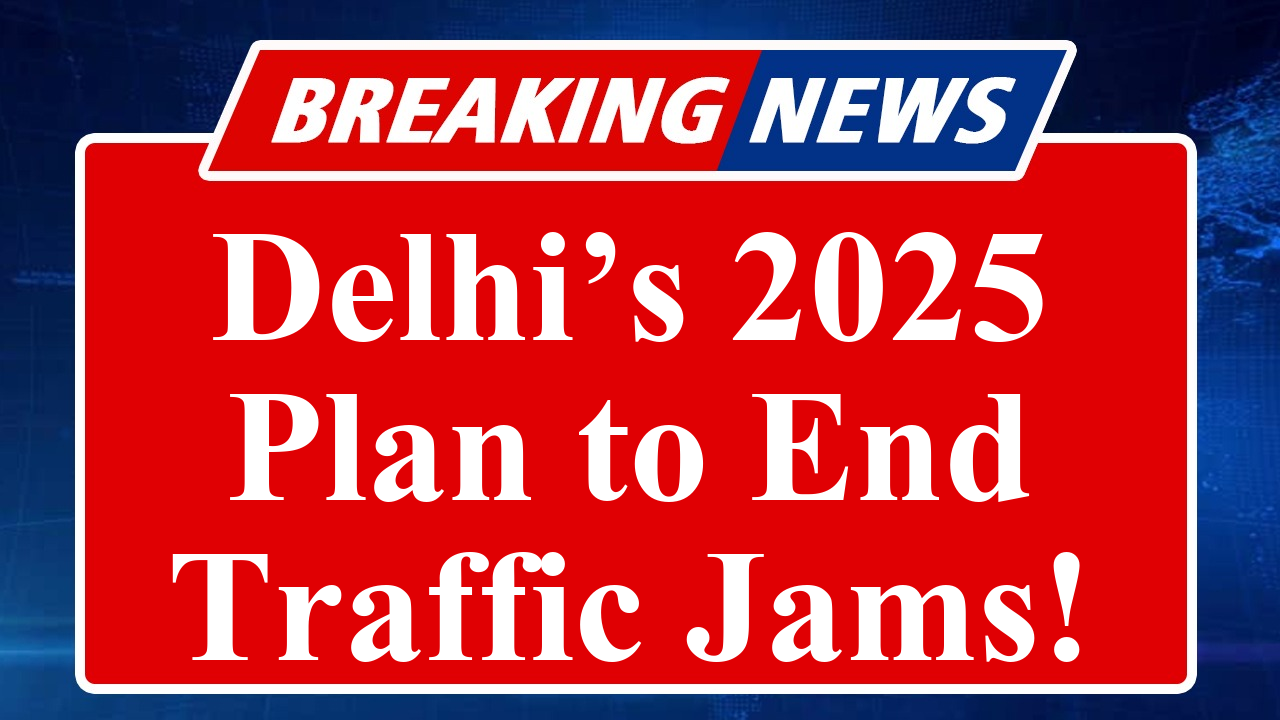Delhi’s government is set to launch a congestion pricing pilot in 2025, targeting peak-hour traffic to reduce jams and pollution. The scheme, inspired by global models like London and Singapore, will charge vehicles on select roads, exempting two-wheelers and EVs. Alongside, infrastructure upgrades and one-way systems aim to ease the city’s chronic gridlock.
Delhi’s Ambitious Move to Tackle Traffic Chaos
In a bid to address Delhi’s persistent traffic woes, the government is gearing up to introduce a congestion pricing pilot in 2025, a move aimed at reducing peak-hour congestion and vehicular emissions. The scheme, inspired by successful models in cities like London and Singapore, will impose charges on vehicles using high-traffic roads during busy periods. According to reports, most vehicles will face a fee, tentatively set at INR 150, though two-wheelers and electric vehicles (EVs) are likely to be exempt. This initiative is part of a broader strategy to decongest the capital, which ranks as the 44th most congested city globally, with an average travel time of 21 minutes and 40 seconds to cover 10 kilometers, as per the 2023 TomTom Traffic Index.
The congestion tax aims to discourage unnecessary trips, encourage off-peak travel, and promote public transport use. Global studies cited by the International Council on Clean Transportation (ICCT) show that similar schemes in London, Singapore, and Stockholm reduced congestion by 13%–30% and greenhouse gas emissions by 15%–20%. However, Delhi’s plan has sparked debate due to its exemptions. Two-wheelers, which account for roughly one in three vehicles and are a significant source of transport-related pollution, may undermine the scheme’s pollution reduction goals if left unchecked, according to The Energy and Resources Institute.
Complementing the pricing scheme, the Delhi government is exploring a one-way traffic system at key bottlenecks. The Transport Department, Public Works Department (PWD), and Traffic Police are collaborating to identify high-traffic stretches for a pilot run. Officials cite Mumbai’s success with one-way systems, noting potential benefits like reduced fuel consumption and lower air pollution, which is critical as vehicular emissions contribute over 20% to Delhi’s air quality issues.
Infrastructure upgrades are also in the pipeline. The PWD has approved a 5.5-km elevated road in Sonia Vihar, costing Rs 500 crore, to ease trans-Yamuna traffic. Similarly, south Delhi roads like Mandi-Jaunapur and Chhatarpur 100 Foota are set for widening to alleviate jams. The National Highways Authority of India (NHAI) will take over four PWD-managed stretches for expansion, aiming to improve connectivity and reduce bottlenecks.
Delhi Traffic Police have identified 117 congestion points, with the northern range, including Rohini and Outer-North, being the most affected due to heavy vehicular volume, pedestrian movement, and illegal parking. Measures like staff deployment, technology-driven traffic management, and encroachment drives are already underway. The Intelligent Traffic Management System is also being implemented to optimize traffic flow.
However, experts warn that congestion pricing alone may not suffice. A 2010 ICCT study suggests that focusing solely on peak-hour taxes could miss emissions from off-peak heavy-duty vehicles, which contribute 20%–30% to transport pollution. Dynamic pricing, adjusting fees based on congestion levels, could offer a more balanced approach. Additionally, infrastructure must keep pace with Delhi’s growing vehicle population, which doubled to 6.8 million in five years despite metro and bus expansions.
The government is also banking on multi-modal transport solutions. The Mohalla bus scheme, deploying 9-meter zero-emission buses for last-mile connectivity, is expected to complement the congestion tax by encouraging public transport use. Experts like Vinayak Chatterjee from the Infravision Foundation emphasize the need for accessible public transport within a 10-minute radius to reduce car dependency.
While the congestion tax and infrastructure upgrades hold promise, their success hinges on public cooperation and robust implementation. Previous attempts in 2009 and 2018 to introduce similar schemes faltered, raising concerns about execution. The government plans to consult legislators and conduct public awareness campaigns to ensure smoother adoption.
Disclaimer: This article is based on recent reports and publicly available information from sources like the International Council on Clean Transportation, TomTom Traffic Index, and news outlets such as Times of India, Hindustan Times, and Swarajya. Data and plans mentioned are subject to change as per government announcements. Readers are advised to verify details with official sources for the latest updates.

